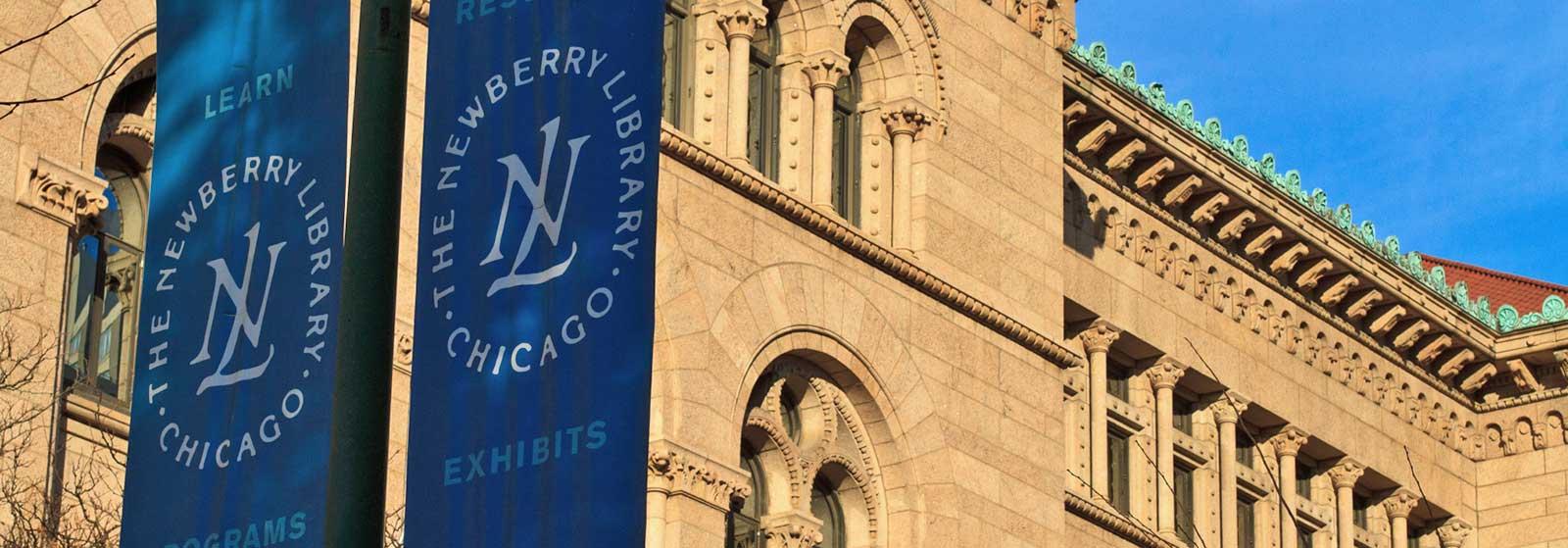Despite the nostalgic memories of tearing through your own pop-up Star-Wars, or deactivating an interactive Leonardo da Vinci biography, pop-up books have never been “just for kids.” They started with Matthew Paris, a thirteenth-century English monk who added a calendar dial as a scheduling shortcut to his manuscript chronicle, prospered with print in the fifteenth century, entertained and enlightened early modern scholars, and later, school children, into the twentieth century, and are now once again used as novelties for adults. The Newberry Library in Chicago has a strong, growing collection of early movable books, all containing elements that lift or rotate, but don’t always automatically “pop-up” into the reader’s space when the pages are turned. The Newberry’s current exhibition, Pop-Up Books through the Ages, on view through July 15, puts these “Renaissance Pop-Up Books” into context. It explores the lives of these increasingly complicated works of paper engineering through common themes and formats over nearly six centuries.
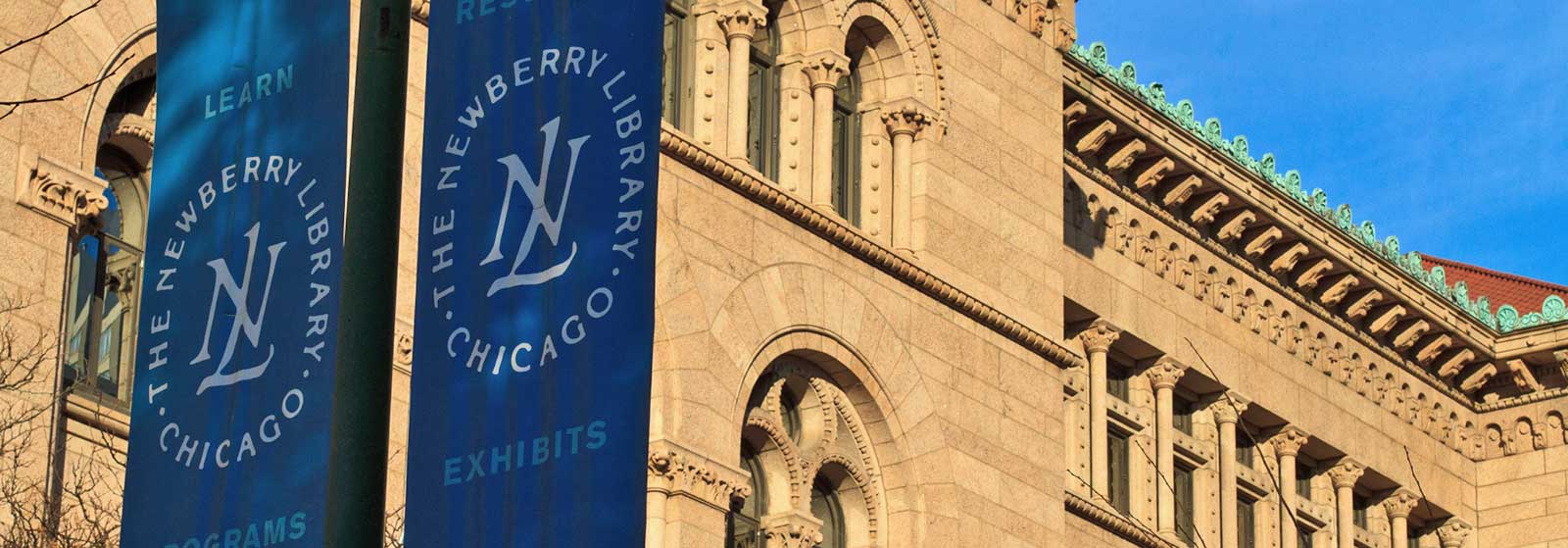
The Newberry Library in Chicago, Illinois, free and open to the public since 1887.
For centuries, the flaps and dials of “movable books” transcended the two-dimensional confines of the printed page and did so in extraordinarily messy ways. Did you know that paper engineering once helped launch political movements, channeled devotion, and spread the word about shocking natural disasters? They could titillate, but also educate to boot. These popular, yet highly ephemeral broadsides, maps, and books did all this, but that was only part of their history. Readers used these interactive publications in ways that ranged from dismissive to obsessive, with many moving parts left uninstalled, and others repeatedly handled until they fell off!
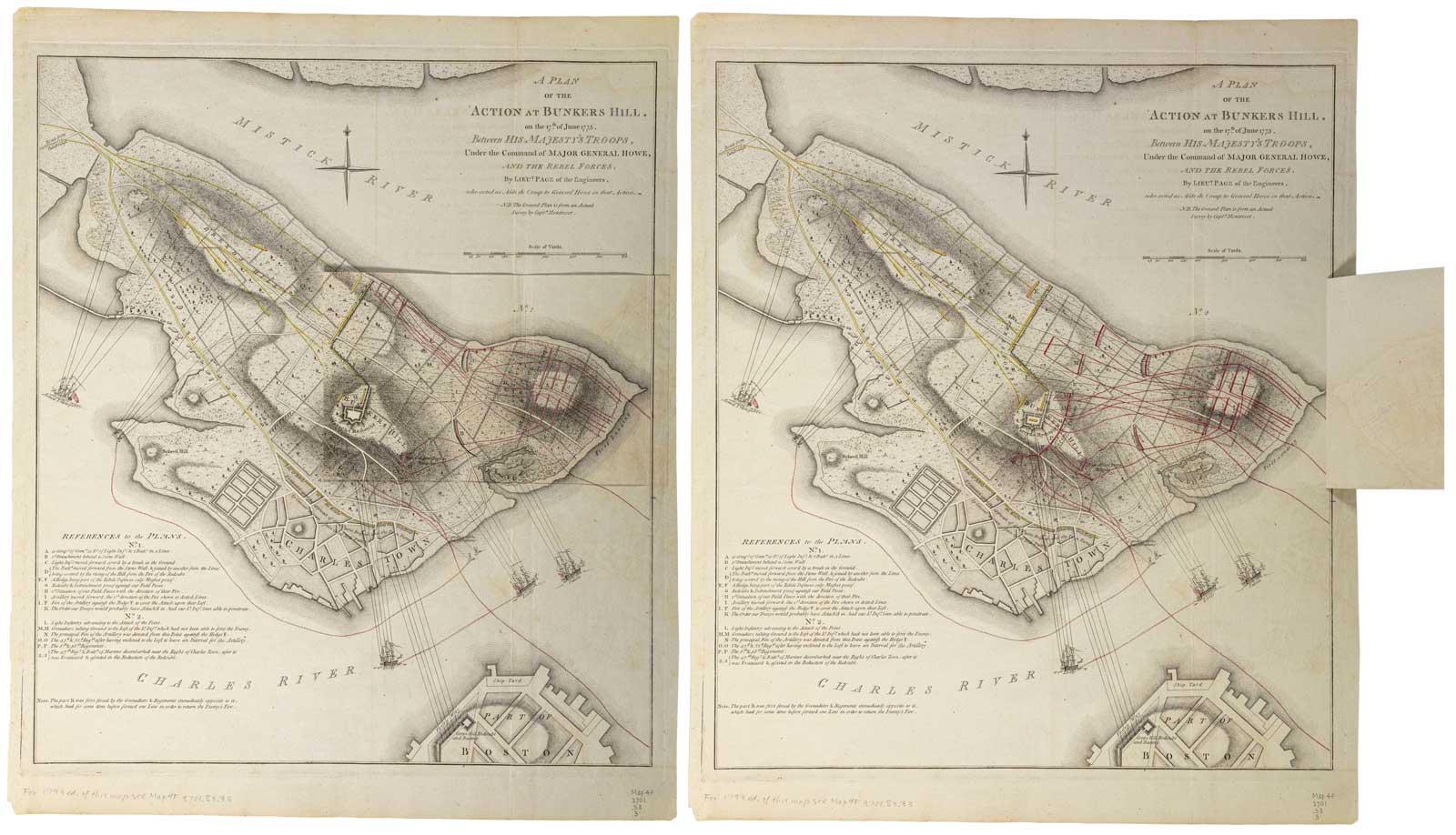
illustration 1: Sir Thomas Hyde Page (1746–1821), A Plan of the Action at Bunkers Hill on the 17th of June 1775, London: publisher unknown, after 1775. Flap: Hand-colored, engraved map with a troop formation overlay.
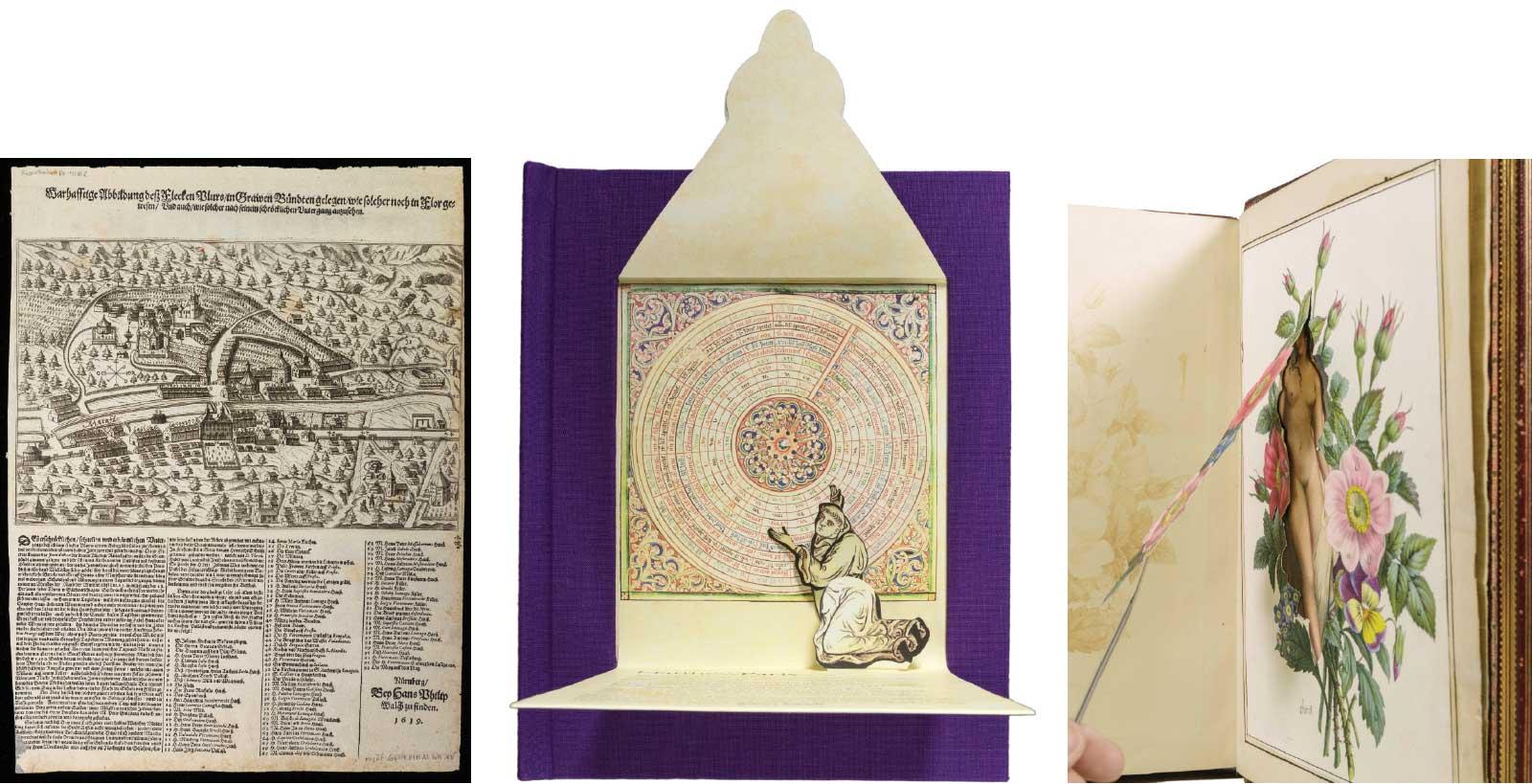
Illustration 2 (left): Johann Philipp Walch (active ca. 1619), Warhafftige Abbildung desz Flecken Plurs…(Truthful illustration [of the shocking destruction] of Plurs…), Nuremberg: J. P. Walch, 1619. Flap: Etched broadside, flap missing. Illustration 3 (middle): Robert Sabuda (b. 1965); after Matthew Paris (ca. 1250), Chronica Majora (Major Chronicle), in Celebration of Pop-Up and Movable Books, New Brunswick, NJ: Movable Book Society, 2004. Dial and Pop-Up: Book with reproduction of the oldest volvelle extant and author portrait. Illustration 4 (right): Guillaume de Lorris (active thirteenth century), author; Octave Delpierre (1802–1879), compiler, Cy est le Rommant de la Rose, ou Tout l’Art d’Amour est Enclose (Here is the “Roman de la Rose,” in which all the art of love is enclosed), London, 1848. Flaps: Manuscript copy of British Library Harley MS 4425 with two added, amateur erotic images under flaps.
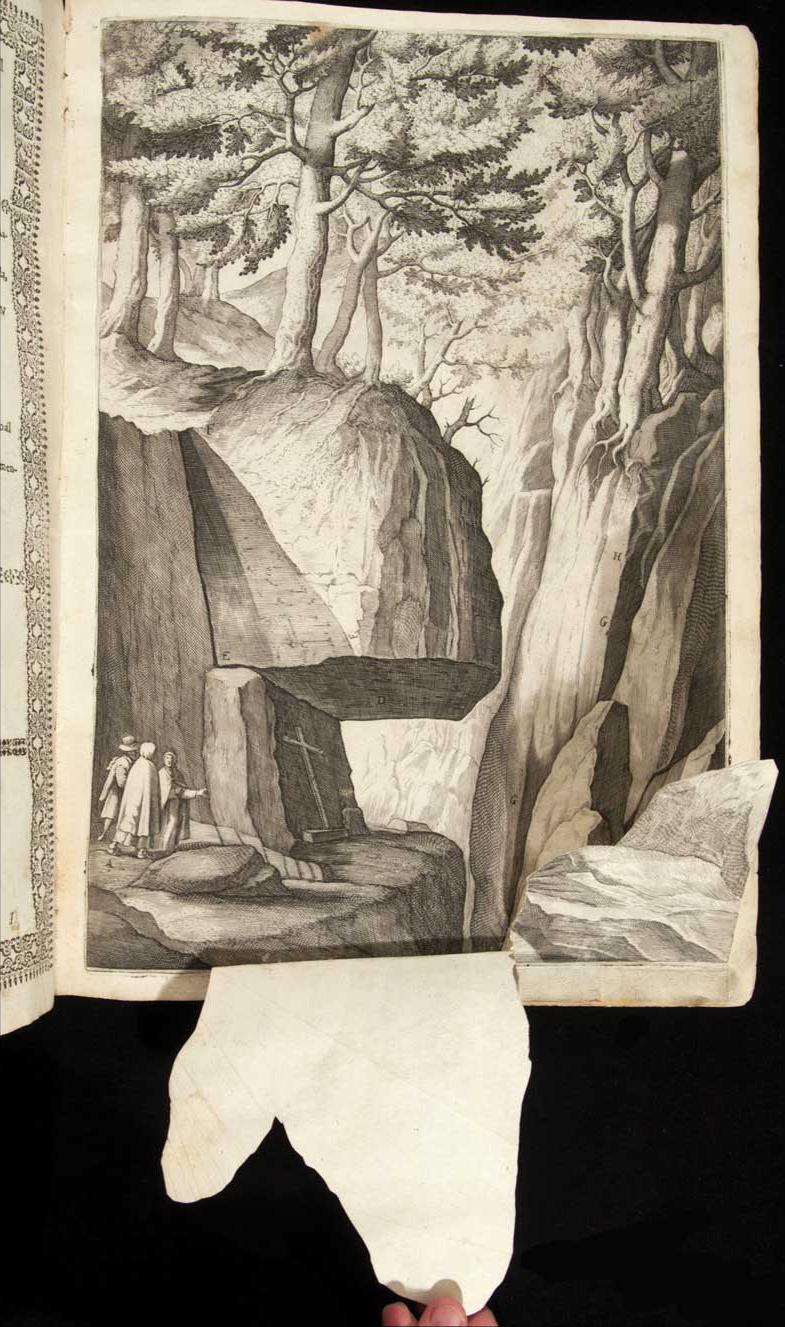
illustration 6: Fra Lino Moroni (active ca. 1612), author; after Jacopo Ligozzi (1547–1627), Descrizione del sacro monte della Vernia (Description of the sacred mountain of La Verna), Florence: publisher unknown, 1612. Flaps: Book with letterpress and etched plates, several with liftable flaps.
Designer Calendar Dials
The earliest surviving movable dial is from a hand-drawn manuscript that dates from ca. 1250 A.D.; it has recently been reimagined in print as a true-to-scale volvelle with a pop-up self portrait of Paris himself (see illustration 3). Paper engineer Robert Sabuda redesigned this rotating calendar as part of a 2004 Movable Book Society publication with eleven functional reproductions of key movable structures. Several fifteenth-century printed books, and even a volvelle bookmark, will also be on view at the Newberry. These will include a 1483 Latin edition of the German astronomer Johannes Regiomontanus’s Calendar on loan from the University of Chicago, one of the very first printed books to include a volvelle. The Newberry owns this same Latin Calendarium edition and a 1476 Calendario in Italian published by Erhard Ratdolt in Venice, but both now lack their dials. Yet the enlarged thread-hole in the center of the diagrams and stains throughout suggest that they were once very well used indeed.
Religious Experiences
The fifteenth-century calendars included predictions for the future dates of roving religious festivals and “movable feasts” like Easter. Movable images were also used very effectively for anti-Catholic propaganda during the Reformation (perhaps reaching its apogee with a lift-the-flap Pope is the Devil broadsheet after 1555), and pro-Catholic devotional imagery afterwards. Two books that will be displayed together at the Newberry might seem to make an unusual, though similarly religious pairing. One is an oversized, engraved seventeenth-century Italian tome allowing armchair pilgrims to virtually visit the holy mountain where Saint Francis found his calling in the thirteenth century (see illustration 6). The other is a modern, full-color pop-up book for children in Spanish telling the story of the first apparition of the Virgin of Guadalupe in 1531 to the peasant Juan Diego near Mexico City, when she asked him in his native Nahuatl to build her a church (see illustration 5).
What was the connection? Revelation! The Virgin of Guadalupe rises up in all her glory as the page is turned, and cactus flowers spontaneously bloom on another spread. In contrast, several landscapes in the Saint Francis book include liftable flaps that encourage the viewer to move mountains and meditatively peer into caves in his footsteps. You are there as these paper miracles unfold.
The exhibition is free and open to all and runs until July 15, 2023. Located in the Trienens Galleries of the Newberry Library. See more information.
Battling Enemies and the Elements
Another group of historical broadsides and maps in the Newberry exhibition demonstrate the flexibility of flaps, but also their fragility. While drawings have long employed overlays as corrections, the hand-colored 1775 Bunkers Hill battle plan from the Revolutionary War uses flaps to animate two sets of British troop movements, and thus to celebrate the Crown’s temporary victory (see illustration 1). In contrast, the etched and letterpress broadsheet of a 1619 rockslide is now missing its flap entirely (see illustration 2). What’s missing? The rocks that destroyed the affluent soapstone-mining district of Plurs, near Switzerland, in the blink of an eye. This sheet was one of over a dozen interactive publications that showed the shocking difference between the orderly town, and the pile of rubble and lake that sprang up to entomb it. The curved dotted line reaching around the bottom of this view indicates the extent of the wreckage. How did the print lose its flap? We might guess it was from overuse. Tiny flecks of the etching and bits of red wax are visible at the top where a user might have tried to keep it in place as an ongoing warning against hubris in the face of time and crumbling mountains.
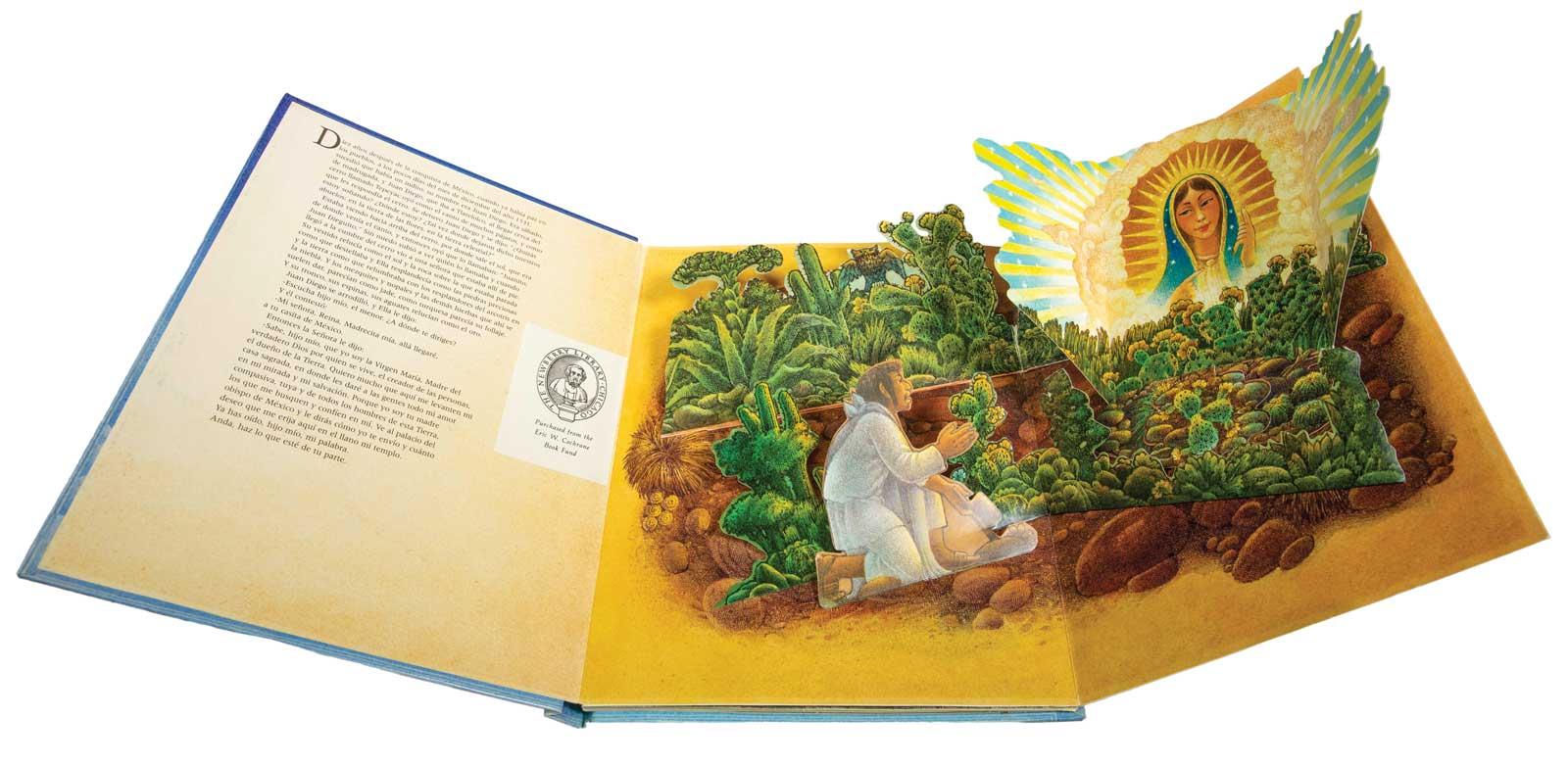
illustration 5: Felipe Dávalos (b. 1942), artist; Maria Eugenia Guzmán (b. 1945), paper engineer, La Virgen de Guadalupe (The Virgin of Guadalupe), Toronto: Groundwood Books, 1998. Pop-Ups: Book with multiple full-color pop-up illustrations.
Flirtatious Flaps
Finally, not every interaction with a movable book had to be serious business. We may never know if nineteenth-century Cincinnati collector Henry Probasco was the one who added a pair of naked-lady prints with flaps to his nineteenth-century manuscript of the epic medieval French love poem, the Roman de La Rose (see illustration 4). Yet it is highly entertaining to think it might have been his idea! The ladies appear underneath the title-page, and in the midst of a cunningly excised bouquet of flowers befitting its poetic host. His collection was one of the first major acquisitions for the Newberry. A working facsimile of the floral flap image will let exhibition-visitors reveal the bouquet’s intimate secrets for themselves. This tradition of slightly naughty flap imagery goes back to at least the sixteenth century when costume books collected by serious scholars sometimes included Venetian courtesans with liftable skirts. While we don’t have any of those on hand, who knows what movable details you may find inspiring during your visit?

